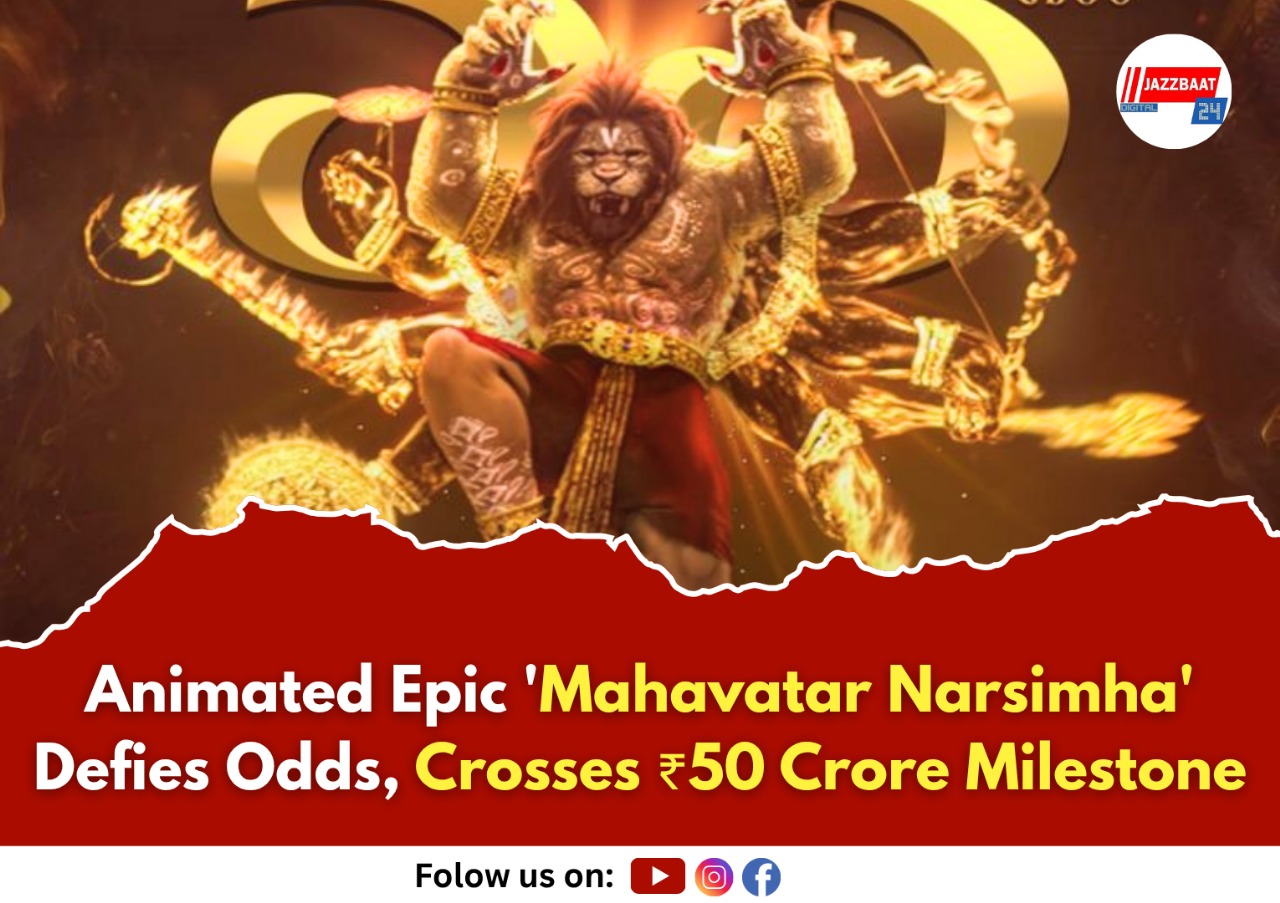
Ashwin Kumar's mythological animation proves that spiritual storytelling can capture mainstream audiences
In an industry where animated films often struggle to find their footing, director Ashwin Kumar's 'Mahavatar Narsimha' has emerged as an unlikely box office champion. The spiritual animated feature crossed the ₹50 crore mark on its eighth day, collecting an estimated ₹7.50 crore on its second Friday and bringing its total domestic collection to ₹51.75 crore.
The film's journey began modestly with a ₹1.75 crore opening on its debut Friday. However, strong word-of-mouth and impressive animation quality propelled it to remarkable weekend numbers, earning ₹4.6 crore on Saturday and ₹9.5 crore on Sunday. What makes this performance particularly noteworthy is the film's genre – mythological animation – which has historically faced challenges in attracting mass audiences.
'Mahavatar Narsimha' has demonstrated remarkable staying power across both Telugu and Hindi markets. The Telugu version maintained a healthy 42.03% occupancy on Friday, with night shows reaching an impressive 72.52%. The film showed steady growth throughout the day, starting with 16.29% occupancy in morning shows and climbing to 46.27% by evening.
The Hindi version, while starting slower with an overall 30.20% occupancy, showed significant improvement in later shows, with night screenings hitting 53.20%. This pattern suggests the film is building momentum through positive audience reactions rather than relying solely on opening day hype.
The success of 'Mahavatar Narsimha' challenges conventional wisdom about animated content in Indian cinema. The film, rooted in ancient Indian mythology, has managed to bridge the gap between traditional storytelling and modern animation techniques. Co-written by Jayapurna Das and Rudra Pratap Ghosh alongside director Kumar, the project has received positive responses from audiences on social media platforms.
Industry observers note that the film's performance could signal a shift in audience preferences, particularly for content that combines spiritual themes with high-quality animation. The consistent occupancy rates across different time slots indicate that the film is appealing to diverse age groups, from families seeking meaningful entertainment to younger audiences drawn to its visual spectacle.
The film's box office trajectory suggests that there's significant untapped potential in the mythological animation space. With collections showing minimal decline on weekdays – a critical indicator of sustained audience interest, 'Mahavatar Narsimha' is positioning itself as more than just a weekend success story.
The performance is particularly encouraging for independent filmmakers exploring unconventional subjects. Kumar's ability to deliver both commercial success and critical appreciation with a relatively niche concept demonstrates that quality content can find its audience regardless of genre constraints.
As 'Mahavatar Narsimha' continues its theatrical run, it stands as proof that Indian audiences are ready to embrace innovative storytelling formats when executed with conviction and technical excellence. The film's success may well inspire a new wave of animated features exploring India's rich mythological heritage.